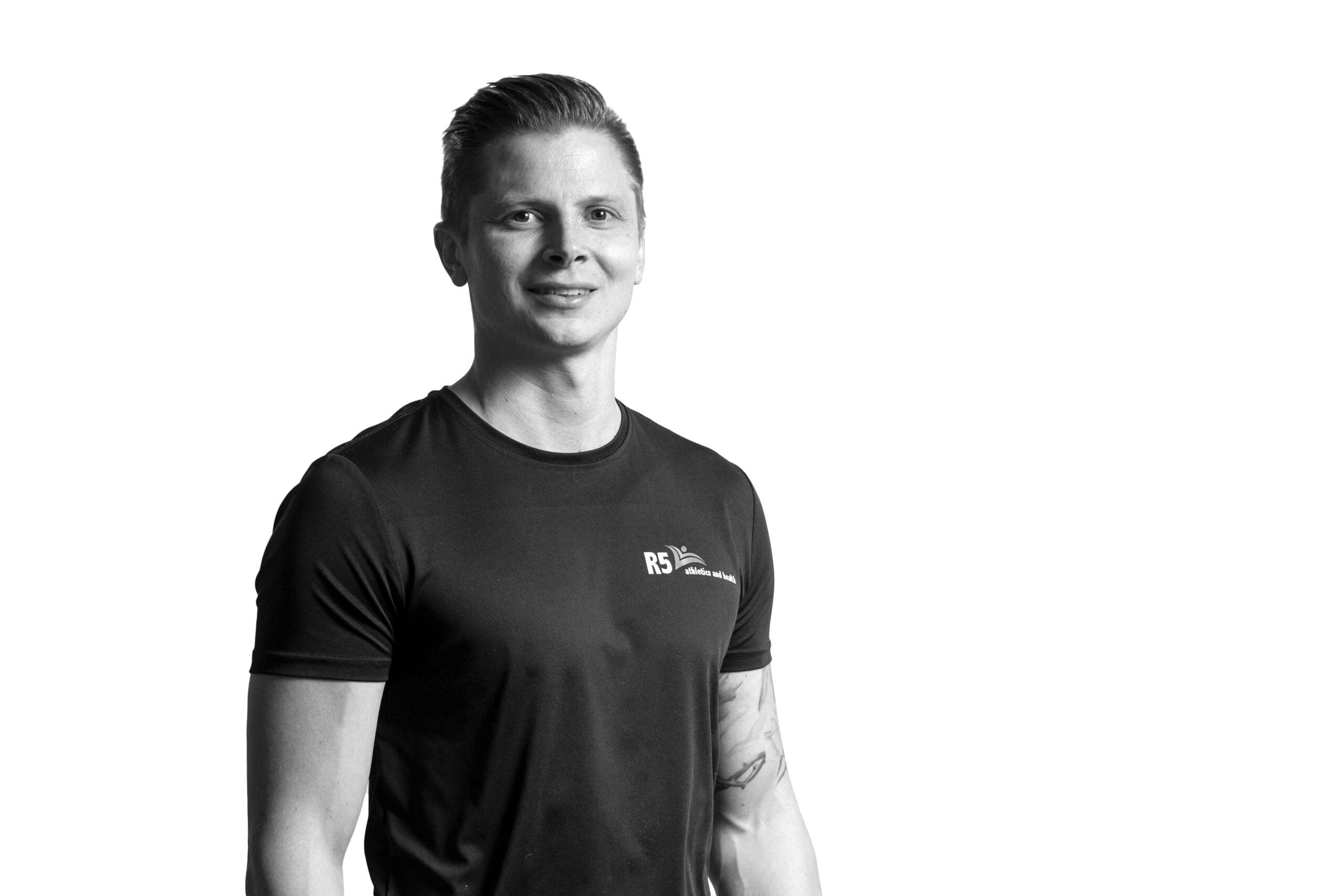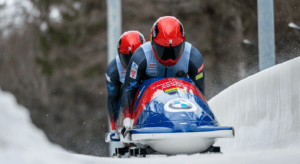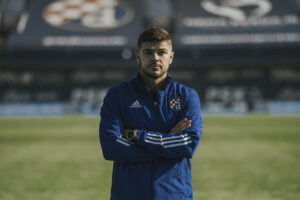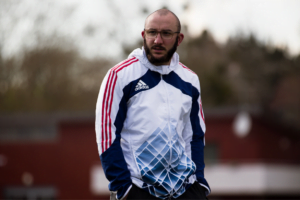Table of content
A user case interview (Johan Lathi)
“I think the biggest win is teaching the athletes maximal intent via augmented feedback.”
Can you give us a little introduction to yourself and your background?
My name is Johan Lahti, I’m 35 years old, and I’ve been working with athletes as an S&C coach now for 11 years. My educational background includes a master’s in sport science and fitness testing from the University of Jyvaskyla, and a Ph.D. focused on hamstring injury prevention in professional football from the university of Cote d’Azur. My work background includes working both in Canada and Finland as an S&C for individual athletes and teams in a variety of sports. I started off mostly within martial arts (as that is my strongest athletic background), and slowly shifted a larger focus to football, ice hockey, and recently also American football.
What does your current role involve?
I currently function as the S&C coach for the U20 Jokerit ice-hockey team in Helsinki, which is a high-ranking club in Finland. I also work in a private coaching center with a few athletes via my co-owned company r5 Athletics & health. Im currently involved in a couple of research projects within Finnish Football and I also lecture part-time at a local university of applied sciences on biomechanics and sports physiology.
What made you choose Enode?
I have been using VBT methods on and off since 2015, starting with both LPTs and accelerometers. It was a constant battle between budget, reliability, validity, pragmatism, and software user experience for both individual and team settings. As I was venting out my most recent complaints about specific VBT devices on Twitter, I was directed by many, including Carl Valle, to check out Enode. I bought one of their units for piloting, and I was directly impressed by the ease of the hardware and functionality of the software. Also, I was impressed by their customer service. Specifically, their effort to take into consideration user experiences and feedback to further develop the software was impressive. As my U20 hockey players really seemed to respond to VBT, it led me to further invest in the team bundle package and increase available stations. So far, so very good!
How do you implement the use of Enode in your setting?
Currently, I use it to monitor and motivate my U20 athletes in a few main exercises and some supportive exercises. These include the trap bar, split-squat, Romanian deadlift, bench press, resisted squat and split-squat jumps. We are also planning to implement it in power cleans. We have the team currently divided into 6-7 groups. Each group has its sensor and tablet (so station).
How has using VBT and Enode helped you overcome any challenges or improve your workflow?
I think the biggest win is teaching the athletes maximal intent via augmented feedback once their technique is sharp. Also, we want to maintain that intent in every session, irrespective of fatigue level. For example, if an athlete is fatigued, the loads are obviously adjusted, but the intent stays the same. Also, previously it has been difficult to verify accurately whether overreaching or lack of intensity has been an issue for some. As the software monitors well, this allows us potentially to respond to individual athletes’ needs more accurately.




